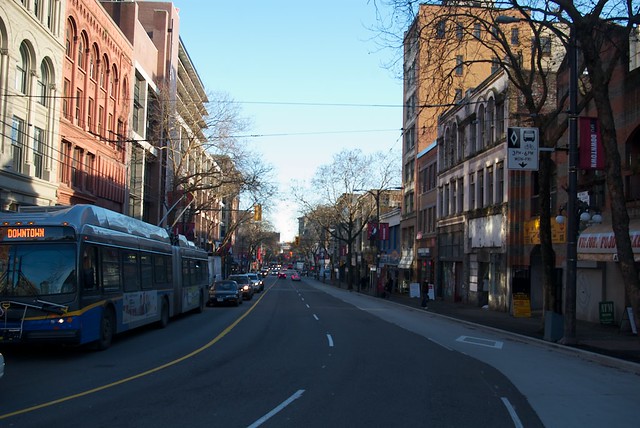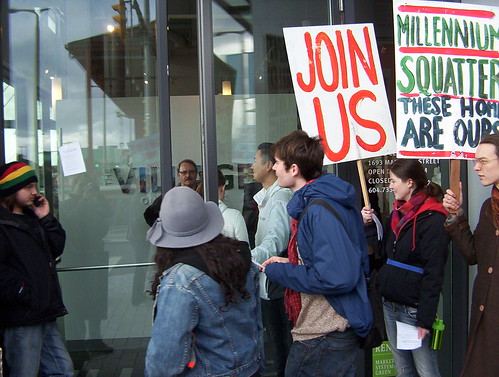Vancouver, Coast Salish Territories – In response to numerous rapes and assaults that have continuously occurred in the co-ed shelters in Vancouver’s Downtown Eastside (DTES), frontline women-serving organizations recently formed a coalition to demand the City of Vancouver and BC Housing:
1. Open a 24-hour low-barrier women-only drop-in space and shelter in the Downtown Eastside.
2. Build housing for homeless women and children with at least 100 new units to be made available immediately.
3. Implement clear provincial standards for women’s safety in co-ed shelters immediately in all existing and new shelters.
The coalition includes the Downtown Eastside Women’s Centre, WISH Drop-In Centre, Power of Women Group, and Battered Women’s Support Services.
There were six reported sexual assaults at First United Church, one of Vancouver’s largest shelters. Reverend Rick Matthews of First United Church’s response was that “Some women put themselves at risk because of the way they dress or undress or move around the building, they draw attention to themselves.” In addition, Margaret McNeil of BC Housing said to Alice Kendall of the Downtown Eastside Women’s Centre “Come on, shit happens, look at Rwanda, look at Libya.” With this being the response, and after months of trying to bring this issue forward and being ignored, the coalition decided it was time to take further action.
On Tuesday, March 22, the coalition of women’s groups sent out a press release and, with support from the community, marched to the BC housing office to voice their demands and initiate dialogue with BC Housing. They were met by over 30 police officers barricading the entrance to the building.
At 3:00pm, the crowd walked up a parkade driveway to witness Dale McMann in a discussion with first nations elders and frontline workers, all of them surrounded by police officers and the media.




